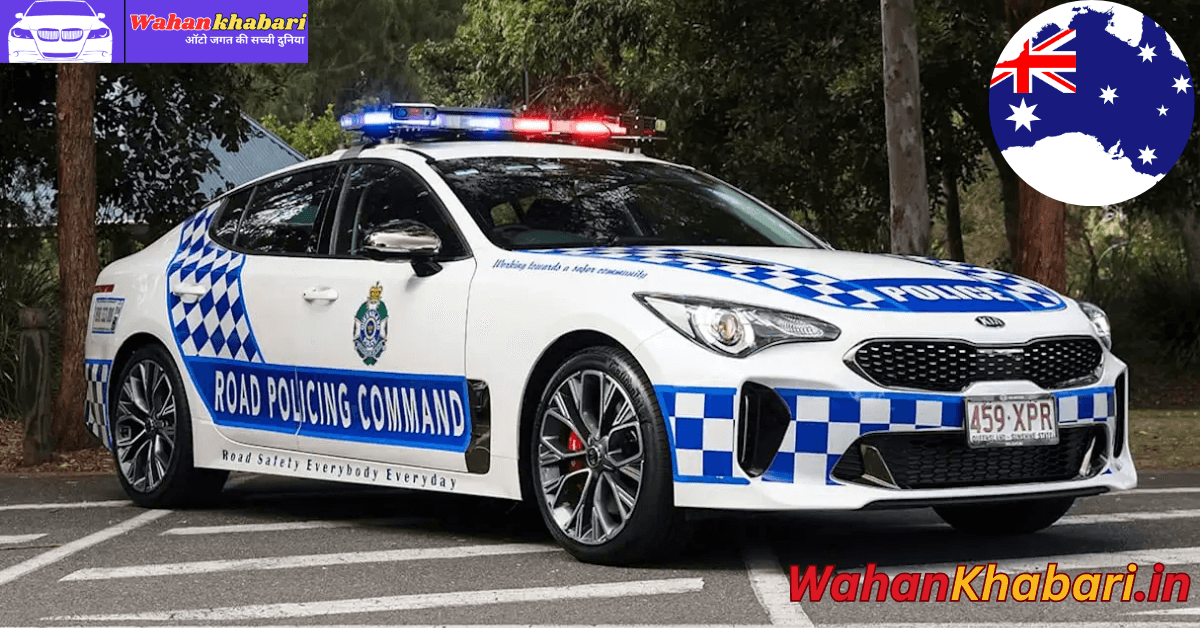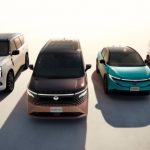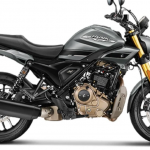Australian Police Car: Crime does not stand still—and Neither do Australia’s police forces. As criminal tactics become more sophisticated, Law enforcement is responding in kind with cutting-edge Technology, including an impressive New fleet of High-Tech patrol cars. These vehicles are not just Transport—they’re mobile command centers equipped to outpace and outthink modern crime.
A New Era of Policing on Wheels
Across states like New South Wales, Victoria, and Queensland, police departments are Rolling out state-of-the-art Patrol cars equipped with an array of Powerful Technologies. These are not just upgrades to radios and GPS. Today’s police cars are bristling with real-time data systems, automatic number plate recognition (ANPR), in-car computer terminals, live video streaming capabilities, and even drone deployment systems in some cases.
Key Technologies Driving the Change
- Automatic Number Plate Recognition (ANPR)
One of the most widely adopted features, ANPR systems scan hundreds of license plates per minute. This allows officers to identify stolen vehicles, disqualified drivers, or unregistered cars in real time—often before a suspect is even aware they’ve been spotted. - Real-Time Data Access
With mobile data terminals, officers no longer need to radio headquarters for background checks or case details. They can access databases on the fly, improving decision-making and reducing response times. - Live Video and Dash Cams
High-definition dash cams and body cams stream video back to command centers, enabling real-time coordination during pursuits, crowd control, and emergencies. This also boosts transparency and evidentiary support in legal proceedings. - AI and Predictive Policing Tools
Some vehicles are now linked to AI systems that flag suspicious activity patterns or help direct patrols to high-crime areas based on historical data and current incidents. - Electric and Hybrid Powertrains
With a nod to sustainability, Australian police are also trialing electric and hybrid patrol cars. These quieter, cleaner vehicles are ideal for covert operations and reduce the overall environmental impact of large fleets.
Tactical Advantages on the Streets
These innovations aren’t just about convenience—they’re shifting how police engage with communities and criminals alike. Faster data means faster decisions. Smarter tools mean more precise enforcement. And for criminals relying on outdated methods? The odds are shrinking fast.
In major urban centers, officers can respond quicker to unfolding situations, monitor high-traffic areas for violations or threats, and share intelligence across units seamlessly. In rural and regional areas, the same technology bridges distances and strengthens safety for officers often working alone or far from backup.
Public Reaction and Privacy Concerns
The rise of surveillance tools like ANPR and live-streaming dash cams has prompted important debates around privacy, data retention, and civil liberties. Law enforcement agencies insist that strict protocols govern how data is used, stored, and shared—but public oversight remains essential to maintaining trust.
The Road Ahead
With Crime constantly evolving, Australia’s high-tech patrol cars are just one piece of a Larger Digital Transformation in Policing. Drones, facial recognition, and AI-driven crime mapping are all part of the Future Landscape.










